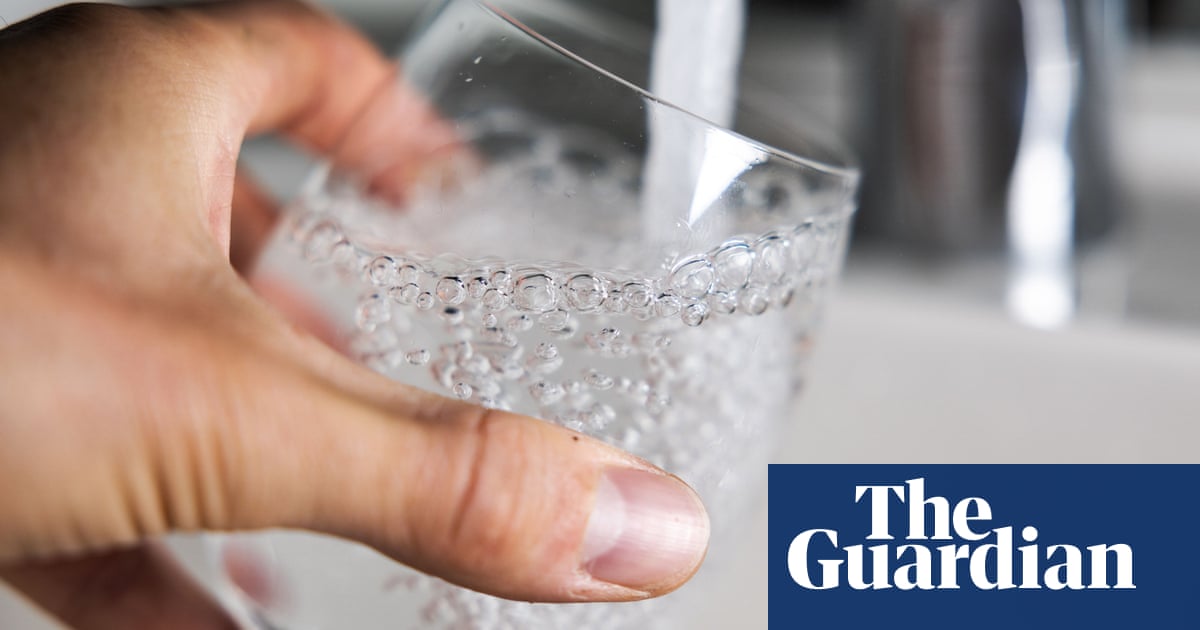Australia could toughen the rules regarding the acceptable levels of key PFAS chemicals in drinking water, lowering the amount of so-called forever chemicals allowed per litre.
The National Health and Medical Research Council on Monday released draft guidelines revising the limits for four PFAS chemicals in drinking water.
PFAS (per- and polyfluoroalkyl substances), a class of several thousand compounds, are sometimes referred to as “forever chemicals” as they persist in the environment for long periods of time and are more difficult to destroy than substances such as sugars or proteins. PFAS exposure is wide and not limited to drinking water.
The draft guidelines set out recommendations for PFAS limits in drinking water over a person’s lifetime.
Under the draft, the limit for PFOA – a compound used to make Teflon – would be lowered from 560 ng/L to 200 ng/L, based on evidence of their cancer-causing effects.
Based on new concerns about bone marrow effects, the limits for PFOS – previously the key ingredient in the fabric protector Scotchgard – would be cut from 70 ng/L to 4 ng/L.
In December last year, the International Agency for Research on Cancer classified PFOA as cancer-causing to humans – in the same category as drinking alcohol and outdoor air pollution – and PFOS as “possibly” carcinogenic.
The guidelines also propose new limits for two PFAS compounds based on evidence of thyroid effects, of 30ng/L for PFHxS and 1000 ng/L for PFBS. PFBS has been used as a replacement for PFOS in Scotchgard since 2023.
NHMRC chief executive Prof Steve Wesselingh said in a media briefing that the new limits were set based on evidence from animal studies. “We currently don’t believe there are human studies of sufficient quality to guide us in developing these numbers,” he said.
The proposed PFOS limit would be in line with US guidelines, while the Australian limit of PFOA would still be higher.
“It’s not unusual for guideline values to vary from country to country around the world based on different methodologies and endpoints used,” Wesseleigh said.
The US aims for zero concentrations of carcinogenic compounds, while Australian regulators take a “threshold model” approach.
“If we get below that threshold level, we believe that there is no risk of that substance causing the problem identified, whether they be thyroid problems, bone marrow problems or cancer,” Wesseleigh said.
The NHMRC considered setting a combined PFAS drinking water limit but deemed it impractical given the numbers of PFAS chemicals. “There are very large numbers of PFAS, and we don’t have toxicological information for the great majority of them,” Dr David Cunliffe, principal water quality advisor for the SA health department, said. “We’ve taken this path of producing individual guideline values for those PFAS where there is data available.”
PFAS management is shared between the federal government and the state and territories, which regulate water supply.
Dr Daniel Deere, a water and health consultant at Water Futures, said Australians had no need to be concerned about PFAS in public drinking water unless specifically notified. “We are fortunate in Australia in that we have hardly any water that is affected by PFAS, and you should only be concerned if directly advised by the authorities.
Unless advised otherwise, there was “no value in using alternative water sources, such as bottled water, household water treatment systems, benchtop water filters, local rainwater tanks or bores,” Deere said in a statement.
“Australians can continue to feel confidence that the Australian Drinking Water Guidelines incorporate the latest and most robust science to underpin drinking water safety,” Prof Stuart Khan, head of the School of Civil Engineering at the University of Sydney, said in a statement.
NHMRC prioritised a review of the Australian guidelines on PFAS in drinking water in late 2022. The guidelines had not been updated since 2018.
The draft guidelines will remain out for public consultation until November 22.
Source link
